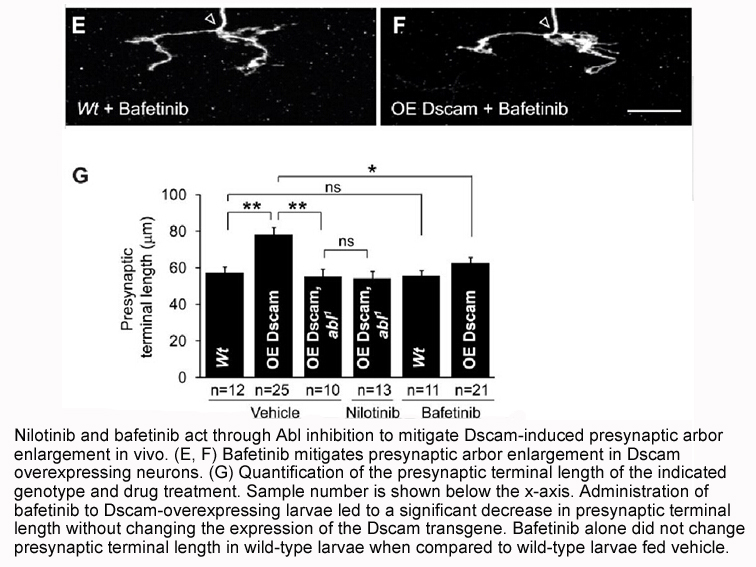Archives
The option tested by Berkley and colleagues is the
The option tested by Berkley and colleagues is the use of prolonged antimicrobial prophylaxis after clinical nutritional recovery. The concept of empirical broad-spectrum antimicrobial therapy in high-risk immunocompromised populations is not novel, as there have been decades now of demonstrated benefit of co-trimoxazole prophylaxis among HIV-infected patients, with decreased rates of infection across a range of bacterial, fungal, and protozoal pathogens. More recently, two large clinical trials in sub-Saharan Africa have demonstrated improvements in rates of nutritional recovery and mortality when p2x7 receptor were routinely added to nutritional therapy in the acute phase of treatment for uncomplicated SAM. Even more broadly, antibiotic therapy has been shown in a number of randomised trials conducted in low-income and middle-income settings to improve height and weight gain in young children. Thus Berkley and colleagues\' results, whether positive or negative, add another important chapter to the global health community\'s collective knowledge about the infection–malnutrition link.
In recent decades, malaria burden has been significantly reduced through scale-up of effective preventive interventions such as insecticide-treated nets (ITNs), indoor residual spraying (IRS), and via increased and improved treatment of clinical cases. Yet a significant increase in funding will be required to achieve the goals of burden reduction and elimination set by the WHO Global Technical Strategy for Malaria 2016–2030. Despite ITNs, IRS, and treatment having been shown to be cost-effective, little evidence is available on which combination of interventions should be prioritised to rationally allocate resources that maximise health benefits.
In , Patrick Walker and colleagues attempt to fill this gap using a modelling approach to assess the efforts required and the ordering of malaria interventions to firstly reduce malaria burden and transmission in different malaria-endemic ecological settings, and secondly to achieve pre-elimination status in these settings. The intervention ranking is based on a relative efficiency criterion defining “an optimal intervention combination for a given target as the combination which achieves this target at minimum cost”.
Since the 1990s, China has implemented a nationwide WHO-recommended DOTS (directly observed treatment, short-course) strategy, which led to a successful 65% decline in smear-positive pulmonary tuberculosis and a 48% decline in bacteriologically positive tuberculosis between 1990 and 2010. China achieved the tuberculosis control targets of the UN\'s Millennium Development Goals 5 years ahead of the target date, and has made a great contribution towards realising the global goal. However, huge challenges still exist. China still has the world\'s third largest tuberculosis epidemic, and an estimated national prevalence of 89 per 100 000 in 2014. Regional equity is one of the challenges facing tuberculosis control in China. According to China\'s Fifth National TB Epidemiological Survey in 2010, the prevalence of bacteriologically confirmed pulmonary tuberculosis in the western region was more than three times that in the eastern region, and twice of that in the central region.
The Article by Peierdun Mijiti and colleagues in this issue of further illustrates this inequity. In their population-based, cross-sectional study in 2010, Mijiti and colleagues found the weighted prevalence of bacteriologically confirmed pulmonary tuberculosis in the Xinjiang Uyghur Autonomous Region to be much higher (430 per 100 000) than the figures for the nation as a whole (116 per 100 000) and for the western region derived from the national survey (212 per 100 000). Moreover, the study reveals the regional disparity within the province. The pulmonary tuberculosis prevalence was higher in rural areas than in urban areas, and highest in the southern region of Xinjiang. It should be noted that, although the pulmonary tub erculosis prevalence among the Uyghur ethnic group was substantially higher than that of the Han or other ethnic groups, this disparity could be an expression of regional inequity, since 78·0% of the Uyghur ethnic group live in rural areas and 73·4% live in the southern region of Xinjiang.
erculosis prevalence among the Uyghur ethnic group was substantially higher than that of the Han or other ethnic groups, this disparity could be an expression of regional inequity, since 78·0% of the Uyghur ethnic group live in rural areas and 73·4% live in the southern region of Xinjiang.